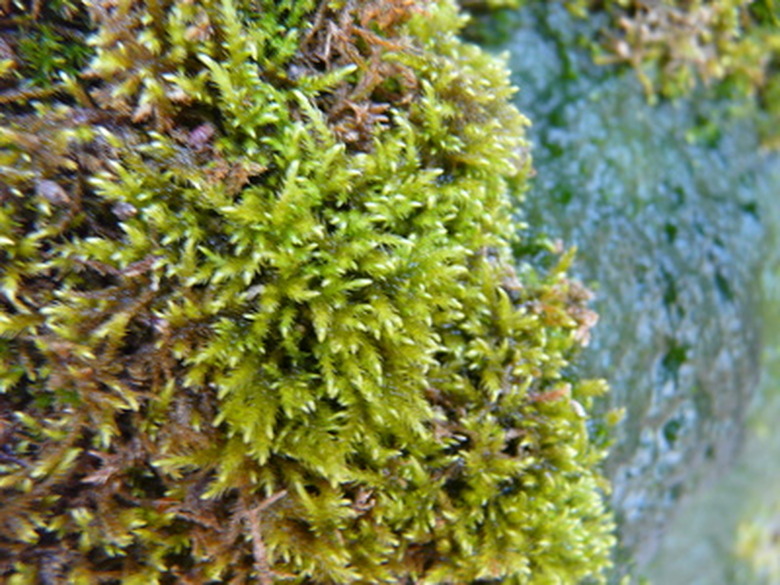Home Remedy For Moss Control In Flower Beds
Things Needed
- Gardening rake
- Soil auger
- Bucket
- Sandwich bag
- Spade
- Peat moss
- Compost
- Lime
- Branch loppers
- Shovel
- Hostas
- Ferns
- Impatiens
When you see moss in a flower bed, your first instinct may be to reach for a weed killer. But moss is not an invasive plant. Instead, moss is a plant that occurs when conditions favor it over other plants. For example, moss frequently occurs in lawns where thick shade and high moisture cause grass to become patchy and sparse. The key to controlling moss in a flower bed is to change the conditions of a flower bed to favor your flowers instead of moss.
Step 1
Rake moss with a gardening rake to remove the patches of the plant.
Step 2
Dig up to 10 soil samples from your flower bed using a soil auger. These samples should be 2 inches wide and 12 inches deep. Mix the soil samples in a bucket and allow them to dry. Pick out all large debris such as roots or rocks. Place the sample in a sandwich bag and take it to your nearest county extension service and have an extension agent send it to the nearest university-run soil testing laboratory. A soil test will determine the soil structure and pH. Moss grows well in heavy clay or compacted soils that have low pH, poor drainage and low fertility. A soil test can recommend soil amendments that will improve soil structure, fertility and pH.
- When you see moss in a flower bed, your first instinct may be to reach for a weed killer.
- Mix the soil samples in a bucket and allow them to dry.
Step 3
Break up the soil of your flower bed with a spade to a depth of 12 inches. Spread a 4-inch layer of soil amendments over the top of the soil. Good amendments for soil include compost and peat moss. These amendments will improve fertility, aeration and drainage problems. You may also add lime to increase the pH of low pH soil. Mix these amendments with the soil using a rake.
Step 4
Regrade your flower bed with a rake to redirect runoff. Moss often grows in areas where water collects. By changing the grade of your flower bed, you will prevent water from collecting in problem areas.
- Break up the soil of your flower bed with a spade to a depth of 12 inches.
- Mix these amendments with the soil using a rake.
Step 5
Prune nearby trees and shrubs to let more light reach the soil of your flower bed. Moss grows well in heavy shade. By pruning nearby plants to allow more sun, you create an environment that is hostile to moss.
Tip
You can also plant ground covers that favor heavy shade and moist soil, such as hostas, ferns or impatiens. These plants will crowd out moss so that it cannot grow.
